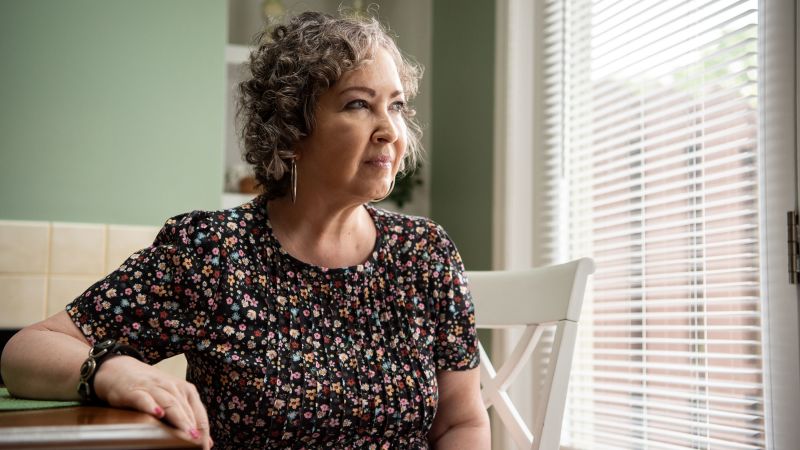In the span of 18 months following her diagnosis with a recurrence of ovarian cancer, Francine Milano made the journey from Pennsylvania to Vermont twice, not for recreational activities but to make arrangements for a compassionate end of life. As the 61-year-old resident of Lancaster faced the news of her incurable disease in early 2023, her options for medical aid in dying seemed limited. However, with Vermont lifting its residency requirement in May 2023, followed by Oregon two months later, Milano found hope.
Vermont and Oregon have become destinations for terminally ill nonresidents seeking aid in dying, with dozens making the journey to these states. At least 26 individuals have traveled to Vermont to access aid in dying, while 23 out-of-state residents died using medical assistance in Oregon in 2023.
Oncologist Charles Blanke, who specializes in end-of-life care in Portland, has seen an influx of out-of-state patients seeking aid in dying, with numbers expected to grow. However, navigating the strict regulations in place in these states can present challenges for patients and their families.
While advocates like Peg Sandeen of Death With Dignity believe in the importance of safeguards in aid-in-dying laws, others, including religious groups and medical practitioners, oppose such measures, citing moral and ethical concerns.
As the debate over aid in dying continues at the state level, people like Milano are grateful for the option to have control over their end-of-life decisions. For Milano, the power to make such a choice is a gift, even though the journey ahead may be filled with uncertainties.



